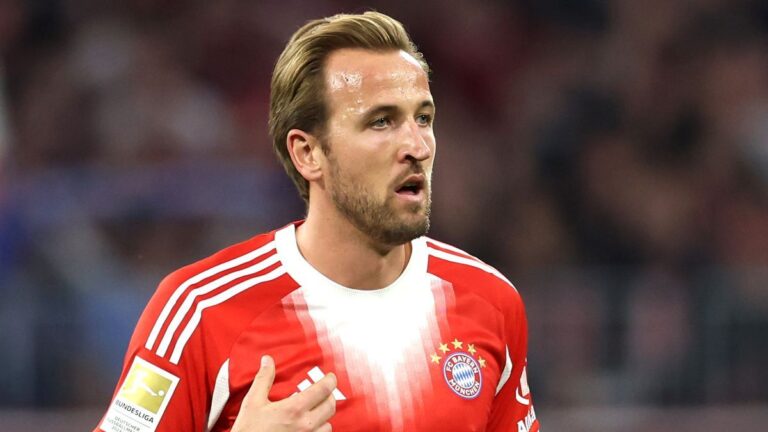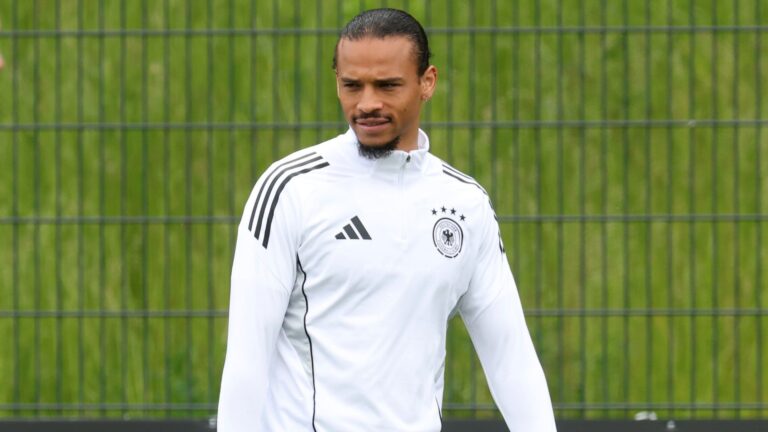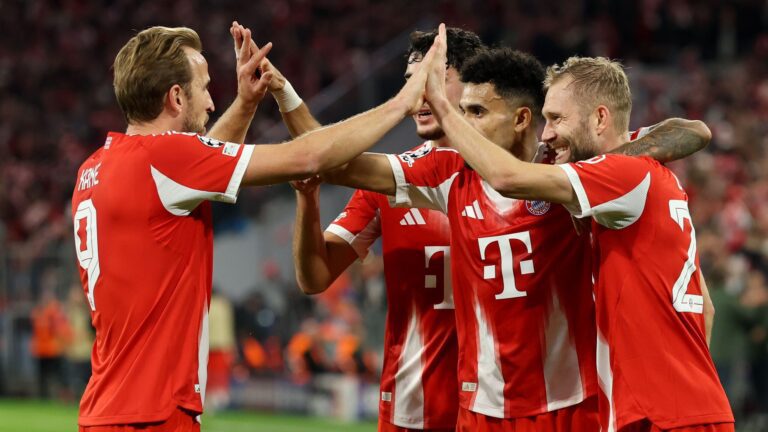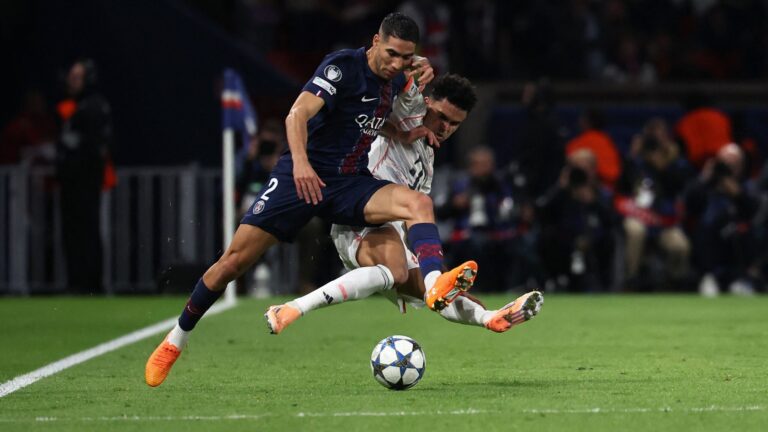Kenan Yildiz’s Misplaced Role at Juventus Sparks Debate from Legend Michel Platini
Kennan Yildiz has quickly become a prominent figure in Italian football since joining Juventus, yet his positioning on the field is drawing scrutiny from icons like Michel Platini. This rising star’s potential is evident, but questions linger about whether he’s being utilized in the best way possible in modern tactics.

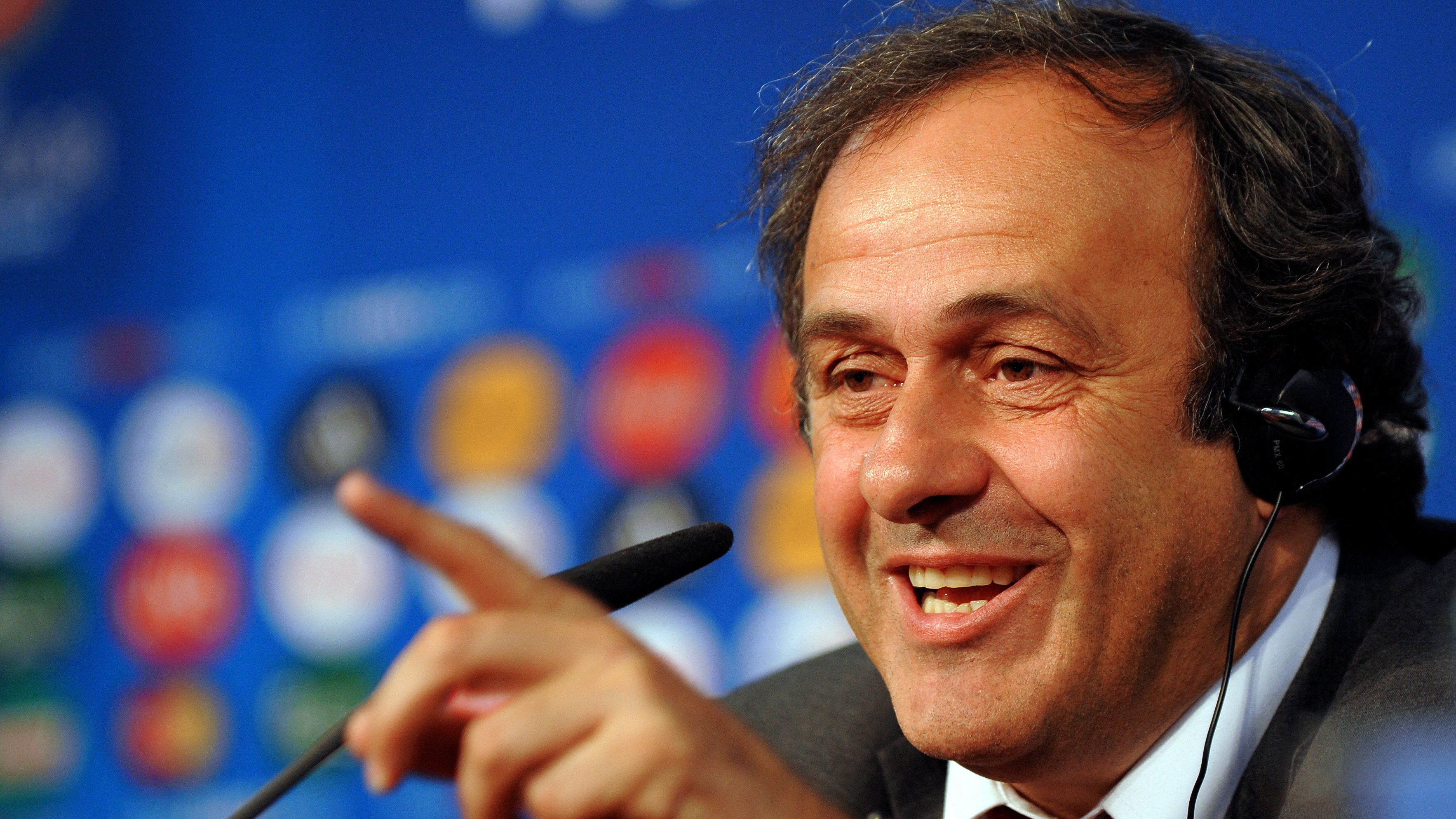
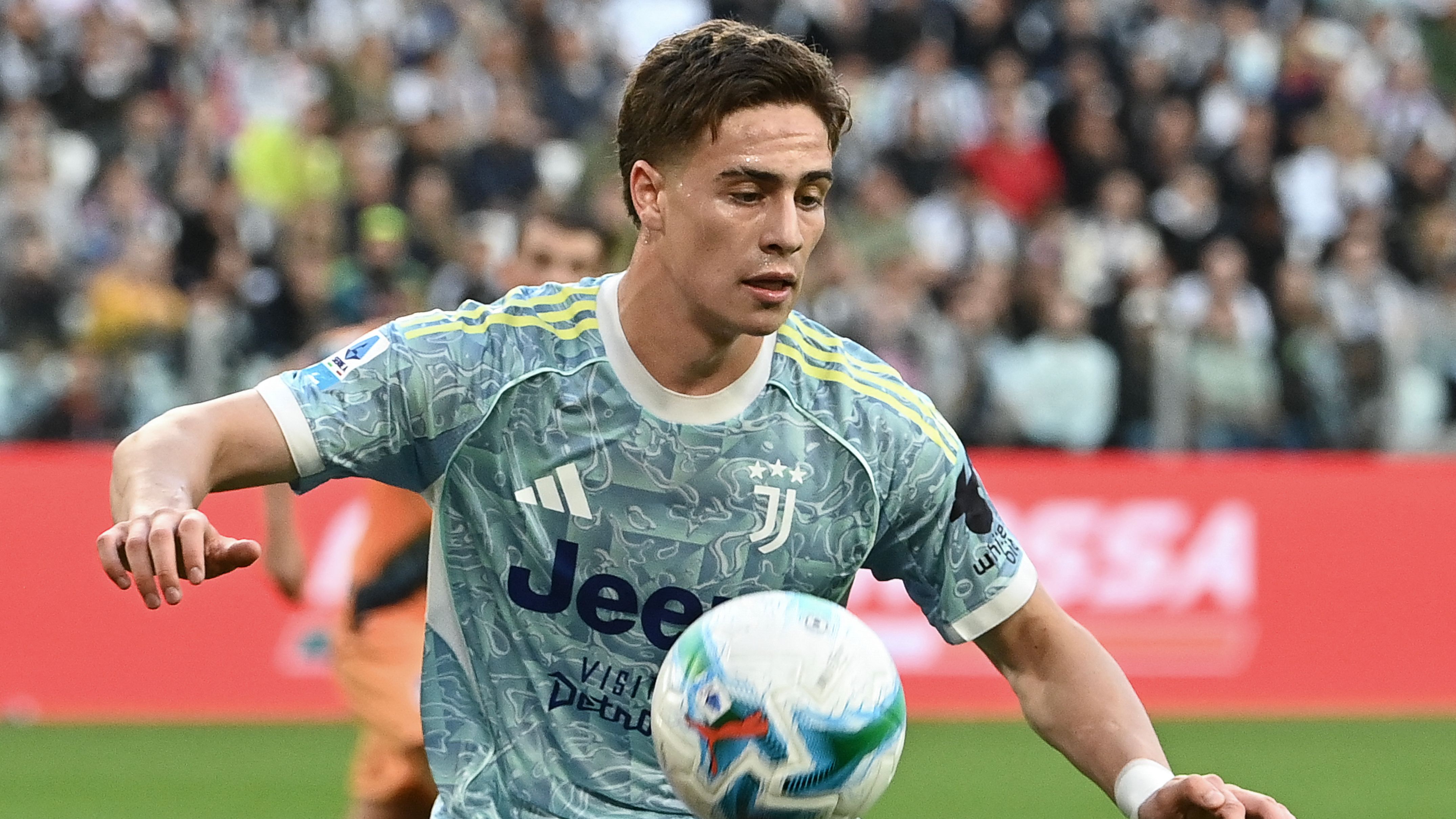
Kenan Yildiz’s Rise in Serie A and the Legacy of the No.10 Shirt
In 2022, the 20-year-old Turkish national team member made a free transfer to Juventus from Bayern Munich’s youth ranks. He has since transformed into a key talent in Serie A, consistently finding the net, generating opportunities for teammates, and excelling despite the intense expectations tied to the No.10 jersey-a number previously sported by revered figures like Platini, Del Piero, and Pogba.
Challenges of Modern Football Positioning
Even as Yildiz flourishes, debates persist about his on-field placement. Former Juventus maestro Michel Platini, now 70, has voiced confusion over the choices of past and present coaches Thiago Motta and Igor Tudor to position Yildiz on the flanks. During his appearance at the Trento Sports Festival, Platini remarked: “He’s a classic number 10, and in my view, he belongs in the middle. I’m puzzled as to why Motta and Tudor keep shifting him to the sides. It’s a common issue in contemporary football-talented players are often relocated to the edges instead of their optimal central spots. I’ve highlighted this for years, yet it goes unheeded.”
Ongoing Contract Talks and Rising Interest from Top Clubs
Juventus continues efforts to secure a long-term agreement with Yildiz, as his existing deal extends to 2027. Although both parties aim for an extension through 2030, discussions have progressed slower than anticipated, creating opportunities for other European powerhouses. Clubs such as Arsenal, Barcelona, Chelsea, and Manchester United are keeping a close eye on developments. Recent reports indicate Chelsea is gearing up for another attempt following a rejected €70 million (£61m/$81m) proposal in July, and Arsenal might propose €60m (£52m/$70m) along with Gabriel Jesus to sway Juventus into considering a transfer.
Implications for Juventus’ Future Strategy
This hesitation in negotiations underscores the high demand for Yildiz’s abilities, potentially forcing Juventus to weigh offers that could reshape their squad dynamics. As other teams circle, maintaining their young star might require swift action to align on terms.
Yildiz’s Impact on the Pitch Amid Team Struggles
Though often shifted to wider areas, Yildiz remains a standout performer for Juventus this season. Across eight outings in Serie A and the Champions League, he has notched two goals and four assists. Even after a stretch of four matches without a direct impact, his presence is undeniable. Juventus, on the other hand, has experienced an uneven beginning to the season, securing victories in only three of their initial six games and currently holding fifth place. The team is eager to regain momentum in their upcoming fixture against Como on October 19, post-international break.
Looking Ahead for Yildiz and Juventus
As the season unfolds, how Juventus adapts Yildiz’s role could be pivotal. With legends like Platini advocating for change, there’s potential for tactical shifts that might unlock even greater success for this promising player and his club.
Who is Kenan Yıldız and His Role at Juventus?
Kenan Yıldız, the young Turkish footballer making waves in Serie A, has been a topic of discussion among fans and experts alike. As a forward or attacking midfielder for Juventus, Yıldız brings speed, creativity, and technical skill to the pitch. However, recent debates center around whether he’s being positioned inappropriately in Juventus’ tactical setup. Often deployed on the wings or in a deeper role than his natural attacking position, this misalignment could be hindering his development and the team’s overall performance in contemporary football.
Experts like former players and coaches argue that Yıldız’s strengths-such as his ability to make incisive runs and finish chances-shine best in a central or second-striker role. This inappropriate positioning at Juventus might stem from the club’s strategy to adapt to defensive formations, but it raises questions about long-term player growth. In modern football, where player positioning is key to unlocking team dynamics, getting this wrong can lead to wasted talent and subpar results.
Key Challenges Faced by Yıldız
- Limited Creative Freedom: When placed on the flanks, Yıldız often finds himself tracking back defensively, which restricts his natural flair for creating scoring opportunities.
- Injury Risks and Burnout: Playing out of position can increase physical strain, as seen in other young talents who struggle with the demands of unfamiliar roles.
- Impact on Team Performance: Juventus fans have noted a dip in fluidity during matches where Yıldız isn’t utilized in his preferred spot, affecting the team’s attacking trends in contemporary football.
Michel Platini’s Critique of Trends in Contemporary Football
Michel Platini, the iconic French footballer and former UEFA president, has voiced strong opinions on the evolving landscape of football, particularly regarding player positioning. In his comments, Platini describes an ‘unfortunate’ trend where clubs prioritize tactical flexibility over nurturing individual player strengths. This approach, he argues, is becoming all too common in contemporary football, leading to players like Kenan Yıldız being shoehorned into roles that don’t suit them.
Platiny’s perspective draws from his own illustrious career, where precise positioning was crucial to his success as an attacking midfielder. He believes that modern coaches, under pressure to adapt to high-stakes competitions, often overlook the human element, resulting in a homogenized style of play. For instance, Platini has highlighted how the emphasis on versatile squads in leagues like Serie A can stifle emerging stars, turning what should be a showcase of talent into a mechanical display.
Examples of This Trend in Action
- Over-Reliance on Multi-Role Players: In contemporary football, teams frequently demand that players like Yıldız adapt to multiple positions, which can dilute their effectiveness and contribute to the ‘unfortunate’ trend Platini mentions.
- Global Implications: This issue isn’t isolated to Juventus; similar cases are seen in clubs across Europe, where young prospects are repositioned for short-term gains, potentially harming their careers.
Benefits of Proper Player Positioning
Getting player positioning right offers numerous advantages that can transform a team’s success in contemporary football. For Kenan Yıldız, playing in his optimal role could enhance his confidence, reduce injury risks, and boost his goal-scoring record, ultimately benefiting Juventus’ overall strategy. Proper positioning allows players to maximize their natural abilities, leading to better on-field chemistry and more dynamic attacks.
From a broader perspective, clubs that focus on individualized roles often see improved player retention and fan engagement. For example, when a player like Yıldız is positioned correctly, it can lead to higher match ratings and more exciting gameplay, drawing in viewers and sponsors. This approach also fosters a positive team culture, where players feel valued and motivated, reducing turnover and enhancing long-term performance.
Practical Tips for Coaches and Players
If you’re a coach or aspiring footballer, here are some actionable tips to avoid inappropriate positioning pitfalls:
- Assess Individual Strengths First: Before assigning roles, evaluate a player’s natural attributes through training drills. For Yıldız, this means prioritizing his attacking instincts over defensive duties.
- Use Data-Driven Insights: Leverage performance analytics to track how players perform in different positions, helping to identify trends in contemporary football that align with their skills.
- Incorporate Flexibility Training: While versatility is important, balance it with role-specific practice. For instance, dedicate sessions to Yıldız’s preferred forward position to build muscle memory.
- Seek Feedback Regularly: Encourage players to voice how they feel in their roles, creating a collaborative environment that prevents the kind of mismatches Platini criticizes.
Implementing these tips can lead to more effective team setups, as seen in clubs that prioritize player-specific strategies.
Case Studies in Football History
Looking at historical examples provides valuable lessons on the risks of inappropriate positioning. Take the case of George Best at Manchester United in the 1960s; when positioned on the wings instead of centrally, his impact was somewhat limited early on, though he adapted brilliantly. Similarly, Lionel Messi’s career trajectory shows how proper positioning-moving from the right wing to a false nine at Barcelona-unlocked his full potential, contrasting with Yıldız’s current situation at Juventus.
Another relevant case is Zinedine Zidane, who, like Platini, thrived in a central midfield role at clubs like Juventus. When Zidane was miscast in wider positions during international duties, his influence waned, highlighting the ‘unfortunate’ trend of forcing players into molds that don’t fit. These case studies underscore the importance of learning from past successes and failures in contemporary football to avoid repeating mistakes.
Lessons from These Examples
- Adaptation vs. Optimization: While players can adapt, optimizing their positions leads to legendary performances, as with Messi.
- Long-Term vs. Short-Term Gains: Coaches must weigh immediate tactical needs against a player’s development, a balance Platini often emphasizes in his critiques.
First-Hand Experiences and Lessons Learned
Drawing from accounts shared by former players and coaches, the challenges of inappropriate positioning are all too real. For instance, in interviews, young prospects like those in the Turkish national team have echoed sentiments similar to Yıldız’s, describing frustration when asked to play out of position. One anonymous Juventus academy graduate recounted how being shifted to defense stunted his attacking growth, mirroring the trends Platini warns about.
In contemporary football, these experiences teach us that open communication between players and staff is crucial. Coaches who’ve adjusted their tactics based on player feedback, like those at Ajax, have seen remarkable turnarounds, emphasizing the need for empathy in team management. By learning from these real-world stories, clubs can foster environments where talents like Kenan Yıldız thrive, turning potential pitfalls into pathways for success.
This approach not only enhances individual careers but also enriches the sport as a whole, making it more engaging for fans and participants alike.






